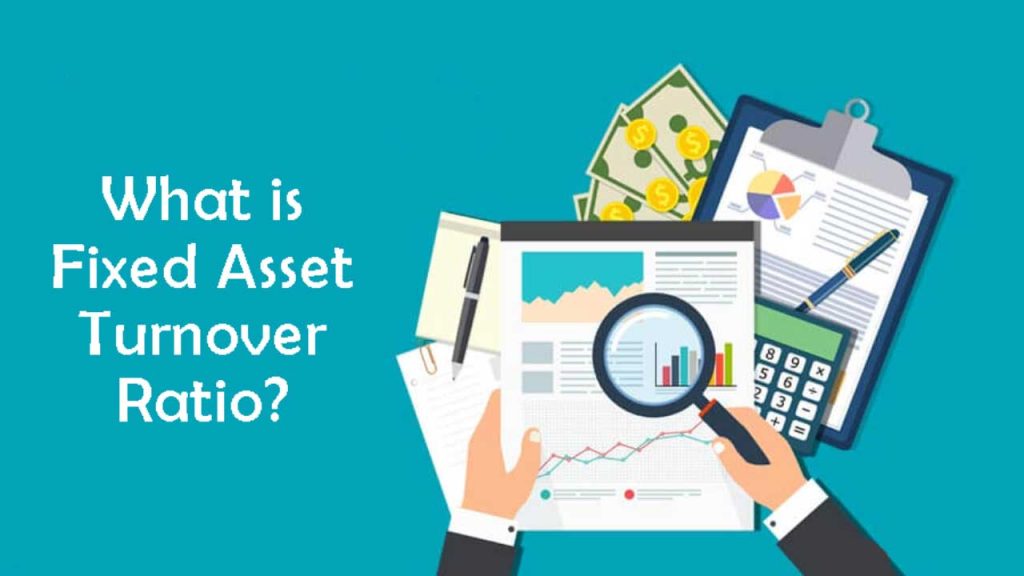The fixed asset turnover ratio is a productivity ratio that compares net sales to fixed assets to calculate a company’s return on investment in land, factory, and equipment. In other words, it determines how quickly an organization generates revenue using its machines and equipment.
This calculation is used by investors and creditors to determine how effectively a firm uses its equipment to produce revenue. This principle is critical for investors since they would like to be able to calculate their return on investment. This is especially important in the automotive sector, whereby businesses must make massive and costly machinery acquisitions.
Creditors, on the other hand, want to see that the corporation will be able to generate enough money from a new piece of machinery to repay the loan used to buy it.

Management usually does not rely on this measure since they have insider knowledge of sales numbers, equipment orders, and other data that are not easily accessible to external consumers. They use more comprehensive and precise information to calculate the return on their purchases.
Fixed Asset Turnover Ratio Formula
Fixed Asset Turnover Ratio = Net sales/Fixed asset – Accumulated depreciation
If you can see, it’s a fairly straightforward calculation. Since utilizing gross equipment prices would be inaccurate, we instead use the net asset valuation listed on the balance sheet, which is calculated by deducting cumulative depreciation from the gross.
Since companies frequently buy and sell equipment during the year, it is normal for owners and borrowers to use an average net asset number for the denominator by combining the starting and finishing balances and dividing by two.
What is a Good Fixed Assets Turnover?
A high turnover means that assets are being used effectively and that a large number of revenues are being made from a limited number of assets. That may also imply that the firm has begun to outsource its activities after selling off its equipment. Outsourcing will retain the same level of revenue while lowering the cost in facilities.
A poor turn over, on the other hand, means that the firm is not making the best use of its money. This may be because of a number of reasons. They could, for example, be making goods that no one wishes to purchase. It may also be poor due to logistics issues, such as a bottleneck in the value chain that slowed production throughout the year, resulting in lower-than-expected revenue.
Remember that a high or low ratio does not necessarily correlate with efficiency. There are a few other variables that can influence this calculation.



